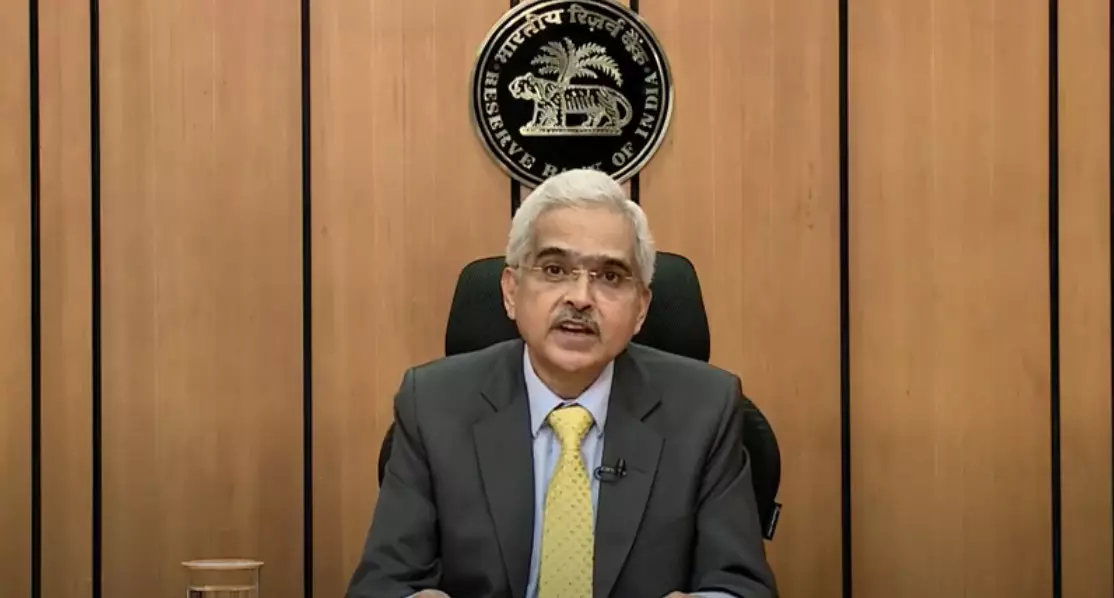India poised for extended growth trajectory: RBI's State of Economy
Globally Central banks are adopting cautious approaches to growth prospects amid the interest rate conundrum
image for illustrative purpose

New Delhi: In the global economic landscape, the first quarter of 2024 has seen a continuation of robust growth momentum, accompanied by positive signs for global trade. Major economies are witnessing a slight uptick in treasury yields and mortgage rates, signalling a recalibration of expectations regarding interest rate cuts. India stands poised for sustained growth in real GDP, buoyed by robust investment demand and optimistic sentiments among businesses and consumers. Despite these favourable conditions, risks to inflation persist due to extreme weather events and geopolitical tensions, which could keep crude oil prices volatile.
Global Economic Activity and Trade Trends
Economic activity is picking up worldwide, maintaining the momentum from the previous quarter, according to reports from the United Nations Conference on Trade and Development (UNCTAD). While there are risks associated with logistics and transport disruptions, the World Trade Organization (WTO) anticipates a rebound in demand for merchandise trade as inflationary pressures ease and real household incomes improve. The strength of commercial services trade is expected to counterbalance some of the challenges in the merchandise trade outlook.
Monetary Policy and Financial Markets
Central banks globally are adopting cautious approaches to growth prospects amid the interest rate conundrum. Switzerland recently cut interest rates, reflecting concerns about currency appreciation and a desire to stimulate growth while maintaining inflation within acceptable levels. Additionally, there's a notable trend of passive investors reallocating funds to emerging market exchange-traded funds, indicating growing confidence in these markets.
In financial markets, treasury yields and mortgage rates are rising as expectations for interest rate cuts are pushed back. Corporations are taking advantage of higher yields by issuing bonds, including high-yield bonds at multi-year lows. However, geopolitical tensions are keeping crude oil prices firm, impacting monetary policy decisions and contributing to a surge in the US dollar on the back of safe-haven demand.
Global Stock Markets and Climate Concerns
Global stock markets have seen their best first-quarter performance in five years, largely attributed to the AI boom exemplified by stocks like Nvidia. However, concerns about climate change persist, with reports from the World Meteorological Organization (WMO) warning of a high probability of 2024 surpassing the record set in 2023 as the hottest year on record. The WMO report highlights the urgent need for collective action to address escalating extreme weather events.
Renewable Energy and India's Economic Outlook
Looking ahead, the evolution of renewable energy has exceeded expectations, with renewables poised to dominate global electricity expansion and generation by 2025. India has emerged as a leader in renewable energy transition, significantly increasing its capacity in recent years. To achieve its long-term developmental goals, India aims to sustain high GDP growth rates, driven by capital deepening and productivity improvements, supported by public and private investment.
Analysis of India's Growth Dynamics
Analysis within India's growth accounting framework highlights the importance of fixed capital stock and total factor productivity (TFP) in driving Gross Value Added (GVA) growth. While the contribution of fixed capital stock to GVA growth has recovered since the pandemic, there's room for further improvement. TFP has become the primary driver of GVA growth, particularly in the services sector, underscoring the importance of enhancing productivity across all sectors.
Future Strategy for Indian Development
According to the report, "To achieve its developmental aspirations over the next three decades, the Indian economy must grow at a rate of 8-10 per annum over the next decade to reap the demographic dividend that started accruing from 2018 and, as calculations show, will last till 2055."
To leverage its demographic dividend and achieve sustained economic growth, India's developmental strategy must focus on maximizing the contribution of its young and growing labour force to GVA growth. This involves improving employability, formalizing employment opportunities for youth and women, and enhancing labour quality. With a significant expansion of the working-age population projected in the coming decades, investing in labour quality will be crucial for India's economic advancement.
In summary, while global economic trends show signs of resilience and optimism, India's economic prospects remain promising, with a focus on sustainable growth, renewable energy transition, and workforce development.

